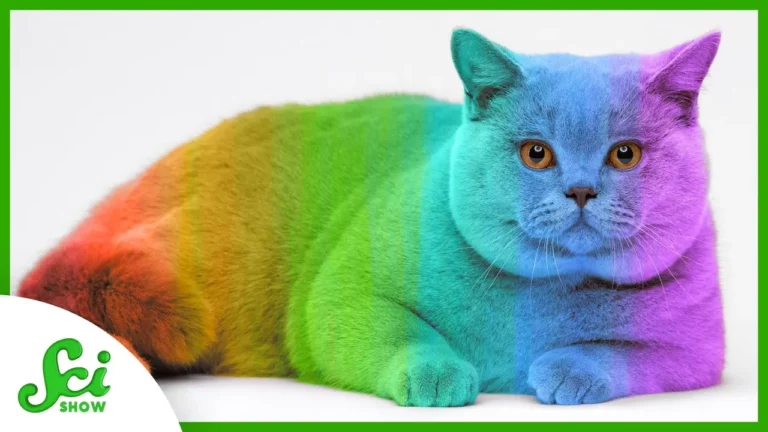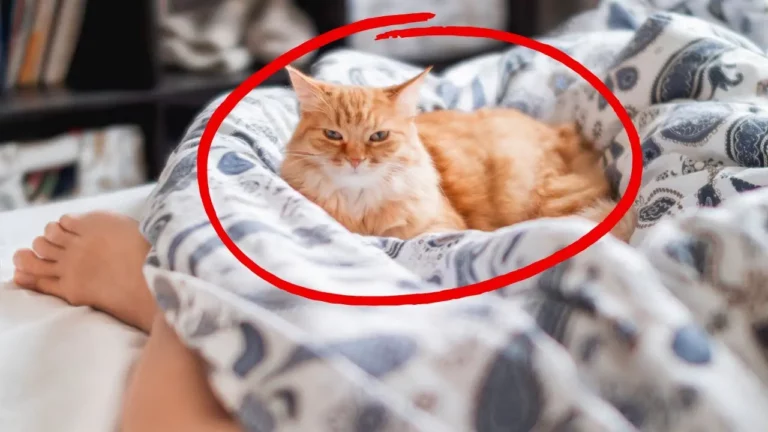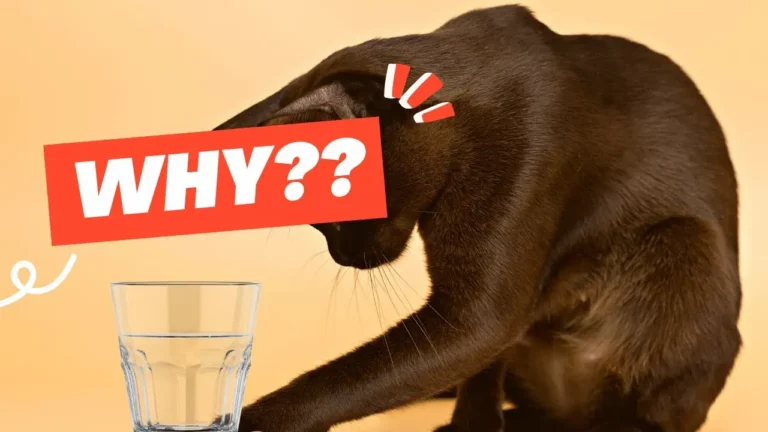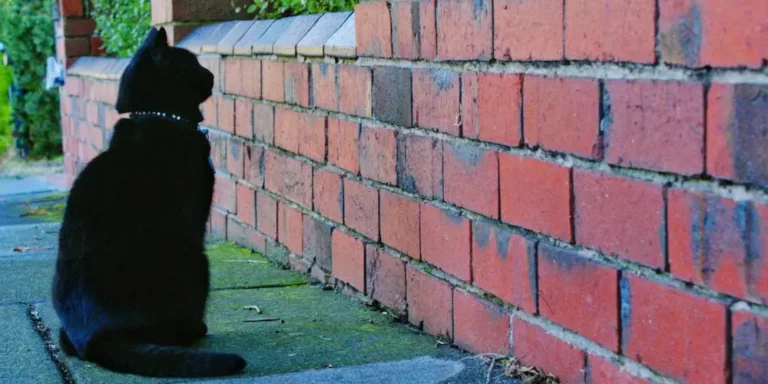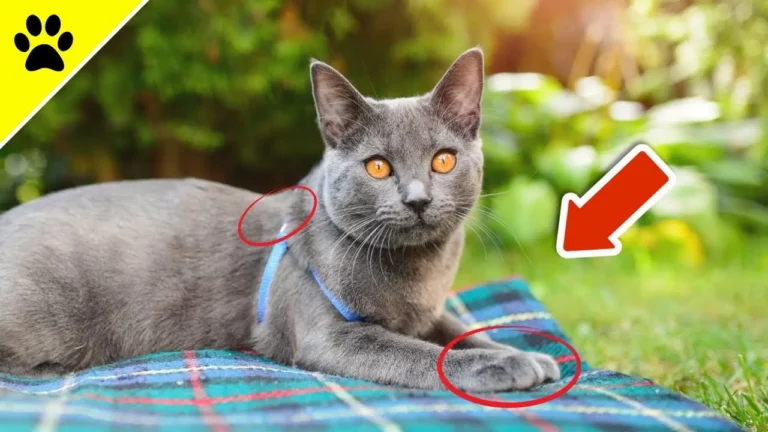7 Signs That Your Cat Might Be In Pain
I’ve noticed that many
It’s easy to overlook changes in their daily habits because they can be quite subtle.
For instance, have you ever seen your
These small shifts could be telling you something important.
But it’s not just about appetite or grooming; behavioral changes, unusual vocalizations, and even how they move can all be red flags.
I’ve compiled a list of seven key signs to watch out for—each one essential for understanding your
Changes in Appetite
Often, when a
If your usually ravenous
Cats are typically creatures of habit, especially when it comes to their meals.
A decrease in appetite can indicate that eating has become painful or uncomfortable, possibly due to dental issues, gastrointestinal problems, or other internal pain.
Conversely, some cats might start eating more than usual.
This could be a coping mechanism, as eating might temporarily distract them from their discomfort.
It’s important to observe any sudden changes in your
I always make sure to note any deviations from my
If I see a consistent change, I consult the vet to rule out any underlying issues. Regularly monitoring their food intake can help catch potential health problems early.
Don’t ignore these signs.
Cats are masters at hiding pain, so subtle changes in appetite can be important indicators. Keeping a close eye on their eating habits ensures they stay healthy and happy.
Altered Grooming Habits
Another sign your
Cats are known for their meticulous grooming routines, so any significant changes can be a red flag.
If your
Conversely, if your
Cats may lick or chew at a specific area excessively if it’s causing them pain.
This over-grooming can lead to bald spots or irritated skin, which are clear indicators that something’s not right.
Pay attention to the condition of your
If their coat looks unkempt or greasy, it could mean they’re not grooming as effectively as they used to, possibly due to pain.
Regular grooming is a natural behavior for cats, and any deviation from their usual habits shouldn’t be ignored.
Behavioral Shifts
When a
I’ve noticed that when my usually playful and energetic
Cats are masters at masking pain, so spotting these subtle shifts in behavior is essential.
Another behavioral shift to watch for is increased aggression.
If your
Pain can make even the gentlest
Changes in appetite are also significant indicators.
A
Conversely, some cats might overeat as a coping mechanism. Paying attention to their eating habits can provide valuable clues about their well-being.
Restlessness or difficulty finding a comfortable position is another key sign.
If they seem unable to settle down, pacing, or frequently changing spots, it could be because they’re struggling with discomfort.
These behavioral shifts, while sometimes subtle, are important signals that should prompt further investigation and, if needed, a visit to the vet.
Unusual Vocalizations
Your
If your
Listen for other sounds, too. Growling, hissing, or even purring at unusual times can be red flags. While purring is often associated with contentment, some cats purr when they’re in pain as a self-soothing mechanism.
If your typically quiet
Observe the context of these vocalizations. Are they happening during specific movements or when you touch a particular area?
When your
Lethargy or Restlessness
Have you noticed your
On the flip side, if your
Cats are masters at hiding pain, so these behavioral changes shouldn’t be ignored. Lethargy might manifest as prolonged sleeping, a general lack of enthusiasm, or a refusal to engage with their environment. Restlessness could be seen in constant movement, frequent changes in position, or even vocalizing more as they try to communicate their distress.
It’s important to observe these patterns over a few days. If they persist, it’s time to consult your veterinarian. They can help pinpoint the cause and provide relief for your furry buddy.
Monitoring your
Physical Sensitivity
Observing how your
If your usually affectionate
Pay close attention to specific spots like their abdomen, back, or joints.
Cats often hide their pain, so subtle changes in their reactions can be crucial clues.
Another thing to watch for is if your
This change in behavior can signal that something’s not right physically.
Additionally, excessive grooming or licking of a particular area can indicate that it’s causing them discomfort.
It’s also helpful to observe their body language.
A
You might even see them favoring one side of their body.
Recognizing these signs early can make a big difference in addressing their pain promptly and getting them the help they need.
Mobility Issues
Watching my
Normally, she’d effortlessly leap onto the windowsill to bask in the sun, but now she hesitated and seemed unsure.
This change in behavior made me realize she might be in pain.
Cats are masters at hiding discomfort, so mobility issues can be subtle.
If your
These signs might also be accompanied by a change in gait, such as limping or stiffness.
I noticed my
Reduced mobility can also lead to changes in grooming habits, as reaching certain areas becomes painful.
If you observe these signs, consulting a veterinarian is crucial.
They can diagnose the underlying issue, which might range from arthritis to injuries or other health conditions.
Early intervention can greatly improve your
Conclusion
To sum up, keeping an eye on your
If you notice any changes, don’t hesitate to consult your veterinarian. By acting promptly, you can guarantee your
Remember, being observant and proactive makes a big difference in your


